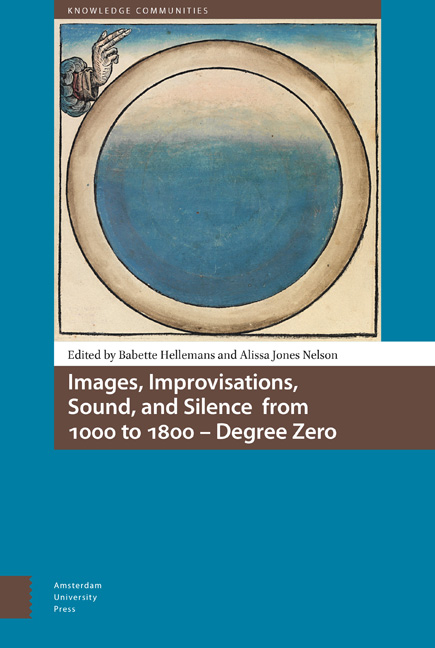7 - Intending the Listener
Published online by Cambridge University Press: 11 December 2020
Summary
Abstract
Among the many ways of opening a musical performance – either a composition or an improvisation – this chapter discusses two widely used possibilities, which are designated as ex nihilo and in mediis rebus. In the former, the performance is built up gradually – at first presenting elementary musical forms, such as scales and single melodic gestures, and then introducing beat, metre, melodic phrasing, and more complex musical shapes. In the latter, the performance starts right in the middle of a fully shaped pattern, which is then presented in its complete form and repeated. These beginnings are described as ways of ‘intending the listener’: meeting the challenge of creatively responding to being composed by musical processes. As a case study, Johann Sebastian Bach's Toccata, Adagio and Fugue in C, BWV 564 has been selected because of the composer's didactic compassion. This chapter approaches intention in musical composition as a joint adventure of the composer and the listener.
Keywords: intention, music, composition, perception, beginning, improvisation
A musical ordering of time could be viewed as an intention composed in music – in other words, as a musical embodiment of intention.
The definition of ‘intention’ in the Oxford English Dictionary is ‘the act or fact of intending’, where ‘to intend’ means ‘to have (a course of action) as one's purpose’. The use of ‘intention’ in this chapter includes the exploration of the word's root. It is derived from the Latin intentio, which has a variety of meanings, including: 1) ‘tension’; 2) ‘attention’, as in the attention of an audience to a play on the stage (intentio lusûs); and 3) ‘will’ or ‘purpose’. This noun also relates to the Latin verb intendere, which can be translated as: 1) ‘to stretch’ (like the string of an archer's bow) or, in post-classical Latin, ‘to strum’ (i.e., the strings of an instrument); moreover, one of the meanings of tendere is ‘to tune’, and intendere is metaphorically understood as ‘to have as one's purpose’; 2) the verb can also mean ‘to extend’, ‘to aim’, ‘to address’, or ‘to direct (someone’s) attention (to something)’; connected with this meaning, as a response to being addressed, is ‘to pay attention to’, which, after the second century CE, develops into ‘to listen to’.
- Type
- Chapter
- Information
- Images Improvisations Sound and Silence from 1000 to 1800 , pp. 147 - 156Publisher: Amsterdam University PressPrint publication year: 2018



